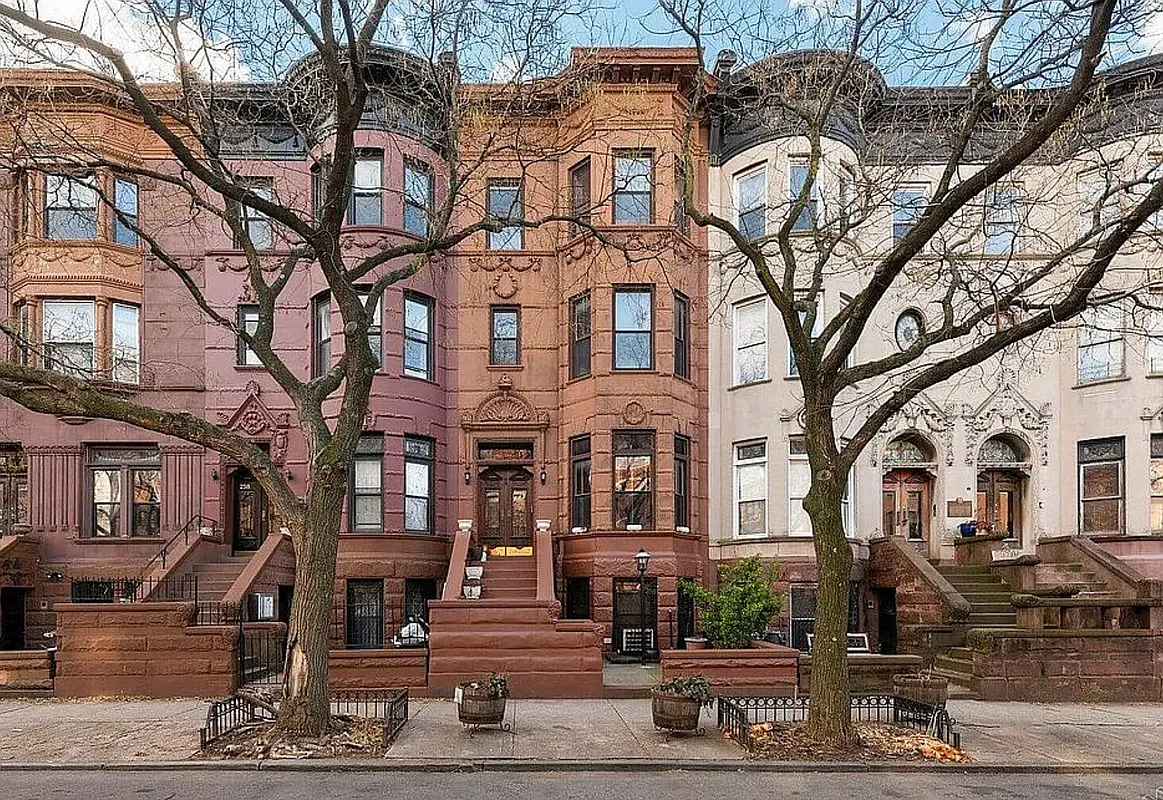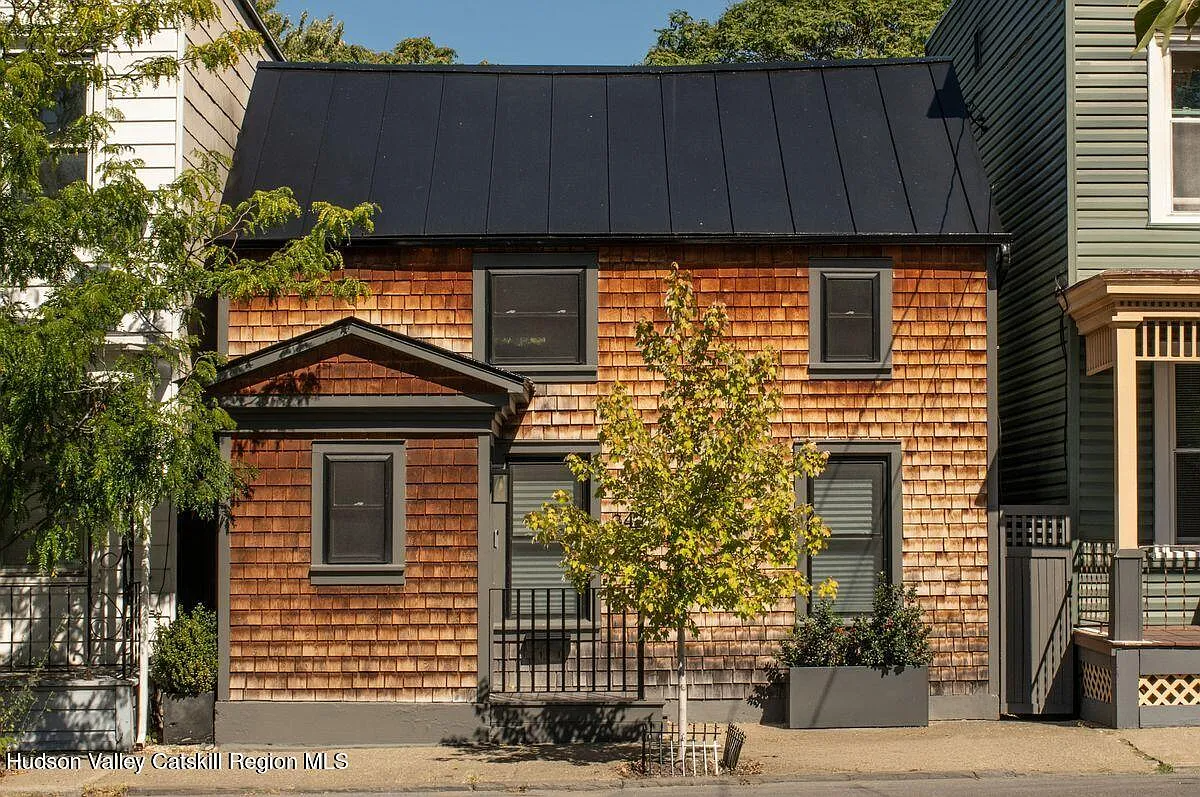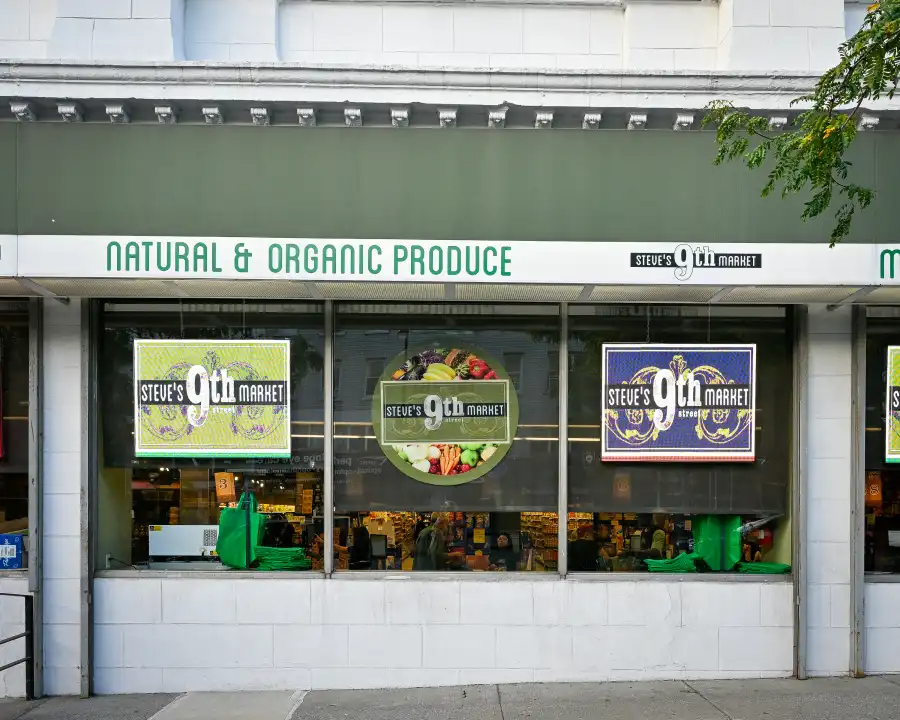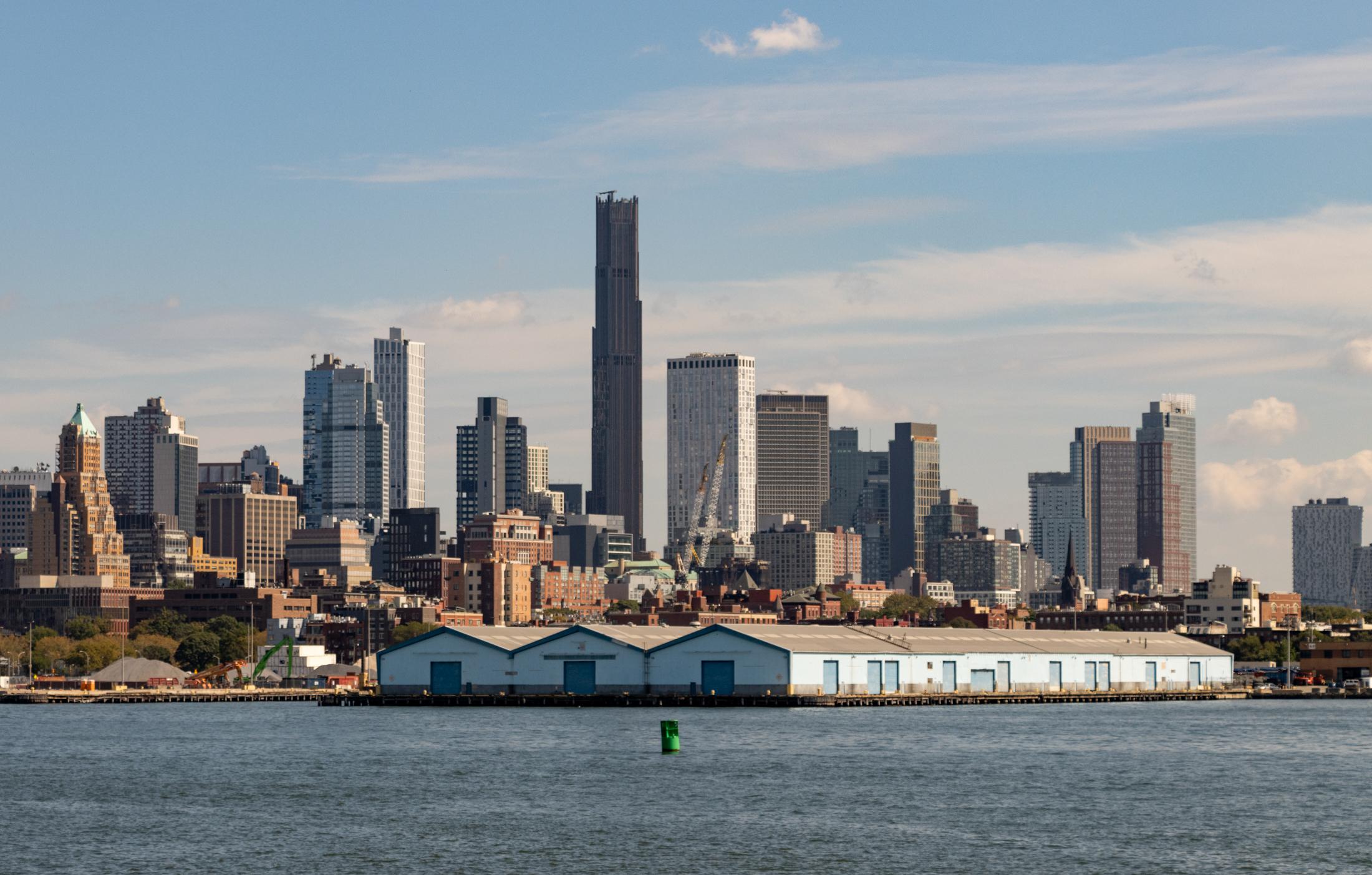Red Hook: Industrial Zone or Residential Nirvana?
On the eve of the City’s final decision on whether–and where–to establish formal industrial business zones, emotions are running high in the most contentious case, Red Hook. As reported in The Times today, the conflict is epitomized by the disagreement over the fate of the Rever sugar factory, bought last year by Thor Equities for…



On the eve of the City’s final decision on whether–and where–to establish formal industrial business zones, emotions are running high in the most contentious case, Red Hook. As reported in The Times today, the conflict is epitomized by the disagreement over the fate of the Rever sugar factory, bought last year by Thor Equities for $40 million. On one side is Thor CEO Joseph Sitt, with John McGettrick of the Red Hook Civic Association and Dorothy Shields of the Red Hook Houses East lined up behind him; on the other is Robert Hughes Jr. and his cousins who own the Eerie Basin Bargeport and fear that allowing the Revere to be turned into residential housing is a slippery slope that will ultimately lead to the port’s extinction and an accompanying loss of jobs. Hughes has the support of the South Brooklyn Local Development Corporation as well as Community Board 6 and Ray Hall, a founder of community group Red Hook Rising. Tom Fox, president of New York Water Taxi, looks at it this way: “There are plenty of places to build luxury housing,” he said, “but there’s only one working waterfront.”
Port Owner says City Wavering [NY Times]





12:21, I make no pretenses to knowing anything much about RH or waterfront businesses. I was responding to what 11:33 was saying about Am. Stevedore. If his (and my) facts are wrong, I’m sorry. The general gist of my argument remains the same – existing viable commercial ventures should not be displaced by luxury housing, wherever they are.
I don’t understand why abandoned waterfront property = luxury housing. Everthing, everywhere seems to be luxury housing, luxury housing, luxury housing. Just look at today’s blog entries. Are there no other uses for land in this city other than for luxury housing? (and stadiums?) Who’s supposed to be living in all of this? Talk about a bursting bubble! This can’t go on indefinitely.
Since when has American Stevedoring been at the Revere site. Check your facts.
So the fact that American Stevedore may have been there for years and years, and has owned or leased that part of the waterfront when nobody knew where Red Hook was, means nothing? That sounds like whining like children that little Johnny’s piece of cake is bigger than yours, and it’s NOT FAIR! Tough, it’s still a viable business, no matter how much space it takes up. I’m sure people would be howling if someone decided that your living space should be commensurate with the number of people in it.
And let’s not pretend that too many people care about the residents of the projects, and how this will affect them. How nice that they can all have jobs being check out clerks at the new Gap and Food Emporium. How about being in favor of the development of jobs in that site that have a future, and a chance of advancement in the world of tomorrow. A check out clerk can’t hope to afford to move out of the projects. Even the supervisor of the clerks would have a hard time.
I know that’s not likely to happen, but I reserve the right to think that it should.
…and what of the abandoned waterfront lots, then?
You can’t claim that some company is making business (and employing workers) at the Revere Sugar Factory site, which is the main subject of the article.
No one wants it, except a residential developer.
How can they keep it zoned for manufacturing indefinitely? Sorry, but this may actually be one fo the few *real* cases of blight (Revere, not the rest).
For decades, no one has wanted to spend the money to come in, tear down the abandoned broken-down structures there, deal with any brownfield post-industrial hazards present and then clean it up for new use, other than this developer now.
I am all for preservation and all, but that is just nonsense. There are no structures worth saving there. No one has been employed there, and no companies interested for decades.
Let it go already.
While many in this city embrace the architecture and beauty built into the neighborhoods of this city by our Victorian forebearers, some have also embraced the very distasteful Victorian class attitudes towards what are now called blue collar jobs and workers. The meat packers and dock workers, as well as all the other blue collar workers and their businesses that built this city, are being treated as either relics that need to be moved out of the way, or hinderences to the residential whims of the upper classes.
Manhattan is already well on its way to being a tale of two cities – various degrees of rich and the very poor fighting over turf. Brooklyn, which used to be synonomous with working class, seems to be following suit. It will take longer, but if we keep it up…
Leave the working docks alone. We need to find more ways for small business, especially old established and successful business, to keep doing what they’ve been doing, and to bring new small business of all kinds into areas such as Red Hook, and other commercial districts that are scattered throughout Bklyn. There is no reason why a commercial district can’t be just that – commercial.
The working waterfront is a joke. In Red Hook, the working waterfront takes up over a 100 acres of land and generated fewer than 150 jobs. American Stevedoring has 66 jobs in a 88 acre site!!! Moreover, these blue collar jobs do not go to folks in the projects.
A residential building with ground floor commercial will generate more jobs and these jobs are more likely to go to kids from the projects. Highest and best use is key.
And by the way, people have been living in Red Hook for the past 350 years. It’s a bunch of revisionist history to think that Red Hook was/is just an industrial waste land. It’s the dumping grounds for the CB 6 and way to protect the swells from Cobble Hill and Carroll Gardens. Can’t have a chicken slaughter house near CB6’s chair Jerry Armer’s house on Strong Place, can we?
This city used to be filled with small businesses that provided jobs, careers and tax bases. How much more short-sighted can we be? The working waterfront is important, much more so than some rich tenant having a nice sightline. We’re driving out manufacturing businesses to build residences- so when there are no jobs left don’t complain when people need public assistance.
What I don’t understand is why people move into a (no longer) commercial area like Manhattan’s meatpacking district, and then complain about trucks and odors. Well, I guess manufacturers can always leave the state or offshore.